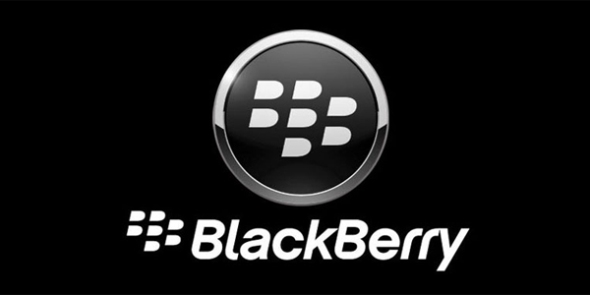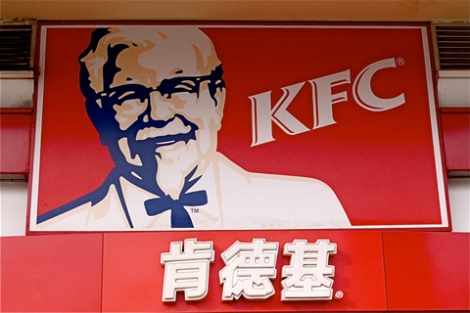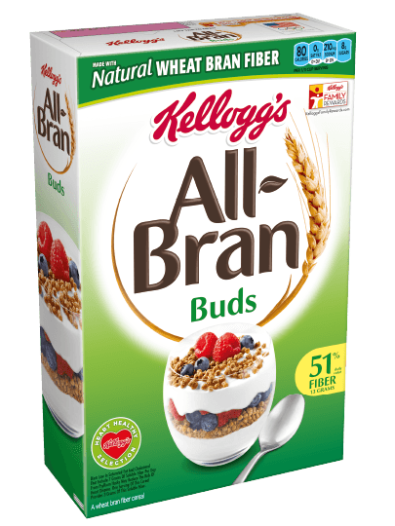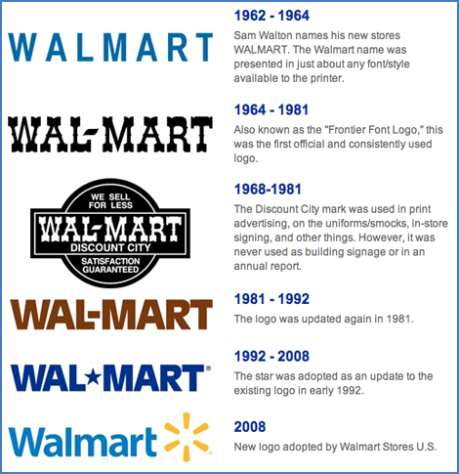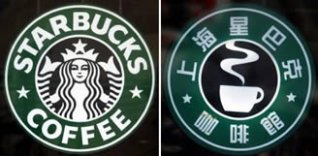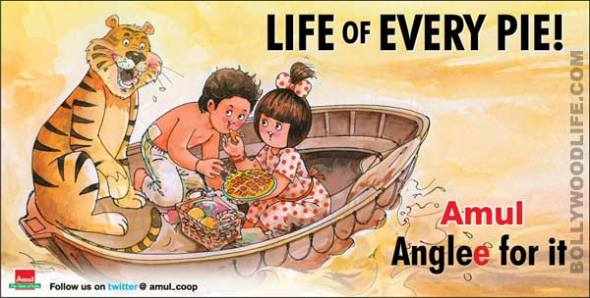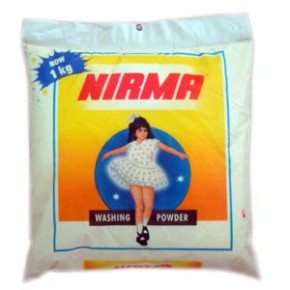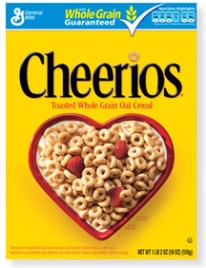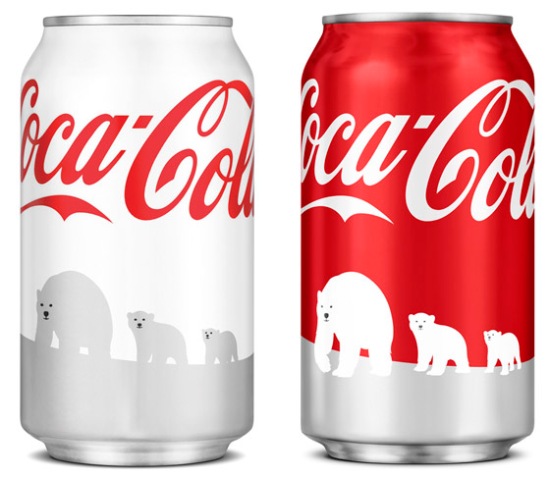When you think of brands, what do you think of first? For me, it’s always the brand elements. Whether it’s the bright yellow ‘M’ of McDonald’s or the ‘Just do it’ slogan below Nike’s Swoosh or the familiar jingle of Intel, Keller states that brand elements are identities that help people identify and differentiate the brand. While brand elements constitute some of the aspects mentioned above, they can also include packaging, spokespeople and most importantly, the brand name itself. Think of simple names like Apple, Blackberry, Zappos or Amazon that today represent powerful brands. A few decades ago, Apple and Blackberry were no more than names of fruits, Amazon meant the rainforest and Zappos was probably a non-existent word. Isn’t it incredible how marketing of these names backed by the strong products can make such a huge difference?
In this chapter, Keller talks about the criteria of choosing these brand elements by dividing them into six factors – memorability, meaningfulness, likability, transferability, adaptability and protectability. While the first three are self-explanatory, I found the last three particularly interesting.
Transferability typically means that the elements must be able to transfer across geographic boundaries and cultures. This aspect, as Keller mentions, is easier to achieve if the name of the brand does not have a significant meaning. In such a case, it can be easily translated to other languages. However, when the brand name does not hold a purpose, companies often try to translate the slogans that accompany the name to other languages to suit diverse cultures. This, over the years, has often led to disastrous global marketing blunders. For example, when KFC entered China in the early 1980s, it kept its name and logo intact but translated its famous slogan ‘Finger-lickin’ good’ to a non-so-appetizing phrase, ‘Eat your fingers off’. In another famous marketing blunder, American multinational food company Kellogg’s had to rename its ‘Bran Buds’ cereal range in Sweden because the name translated to ‘burned farmer’. Keeping this in mind, some suggestions for marketers to have successful transferability are – understand the local culture and norms via research, build strong relationships with the geographic region, avoid ethnocentrism and self-reference criterion and most importantly, don’t be over confident.
Adaptability focuses on the way the brand name, its logos and characters have changed their appearance over the years to stay in sync and adapt to changing consumer tastes and preferences. One of my personal favorites has definitely been the Walmart logo that has undergone significant changes over the years.
Protectability is often not talked about a lot but is crucial to ensuring the protection of your brand elements so that no competitor or other business can recreate those attributes so much so that the brand’s uniqueness disappears. Large companies take great steps to protect their brand elements and ensure their safety. In my business law class, I learnt how Starbucks won a copyright infringement case against Chinese company, ‘Xingbake’ that roughly translates to the name, ‘Starbucks’ in English. The judge rules that Starbucks and its logo were unique trademarks and were thus, entitled to special protection under the Chinese law since their advent into the market in 1999. In addition, marketers need to be aware of the strict copyright laws that bind URLs of certain companies as they venture into online promotions.
Moving on from logos and slogans, characters are also an important type of brand element. Indian dairy brand, Amul’s chubby butter-girl mascot clad in a white frock with red polka dots has come to be known as the most famous brand characters of all time (along with the slogan ‘utterly butterly delicious’). The Amul girl advertising concepts remain one of the most creative and humorous campaigns in the history of the Indian advertising industry. The butter-girl even has her own Wikipedia page!
http://en.wikipedia.org/wiki/Amul_girl
An Amul ad featuring the butter girl inspired by the hit movie, The Life of Pi
My other favorite characters include – the M&M candy mascots, Pillsbury doughboy, Hush Puppies’ puppy and ofcourse the slightly creepy yet memorable Ronald McDonald.
Jingles also hold an important place in the portfolio of brand elements and when done right, can attract the attention of consumers and help with brand recollection and retention. As Keller mentions, ‘their catchy hooks and choruses often lead them to becoming almost permanently attached in the minds of listeners – sometimes whether they want them or not!’. The advertisement below is from the early ‘90s and was a huge rage on television when I was growing up. The advertisement basically points out that using this washing powder brand to wash your clothes will make them as white as milk. These were the years when liquid detergents were not popular in India. While we never used the brand ‘Nirma’ in our house and always stuck to ‘Tide’ or ‘Ariel, the jingle has stuck with me through all these years. Even today, I can recite the first half of the commercial without watching or listening to it!
https://www.youtube.com/watch?v=GFeI8QJMiuk
The final aspect of the brand element mix that I would like to talk about would be packaging. While you may wonder why we include this here, it is because packaging forms the only tangible attribute of this mix. Imagine seeing all those catchy slogans, hearing those amazing jingles and falling in love with the product only to go the store and realize that the actual packaging is basically the logo printed on black plastic. Would you still be as enthusiastic about purchasing that product? Probably not. Packaging design and color make up important part of a successful product. Whether it is the distinct curve of the Coke bottle or the bright yellow Cheerios box, Keller points out that design and color greatly affect consumer’s perceptions of the product itself. Packaging often changes over the years and you may have been some of your favorite brands undergo a transformation. While some changes are successful, as in the case of Tropicana, others, although done to promote social awareness, are often unsuccessful like Coca Cola’s white can campaign to save polar bears in the Arctic. It is essential for every marketer to understand the preferences of their product’s target market and indulge in some test marketing before completely revamping the product’s packaging.
Overall, these chapters touched upon some simple concepts and made me think about how important brand elements are to the success of a brand. As a marketer, while it is obviously crucial to have a strong marketing strategy, it is doubly essential to first have a solid product in place with strong brand elements that customers can identify with and that you can use to create your strategy.


